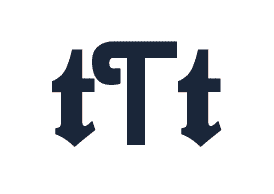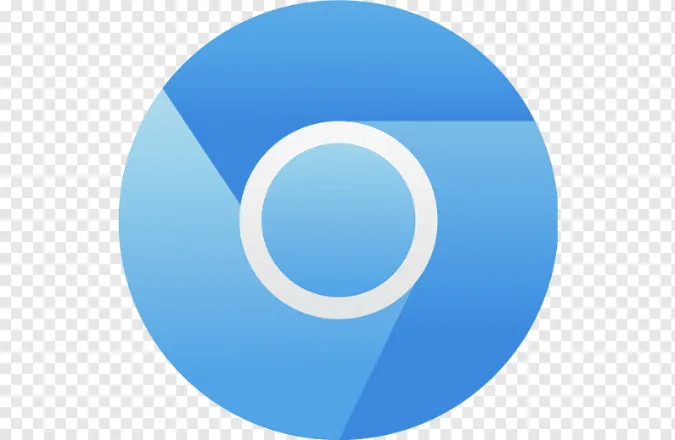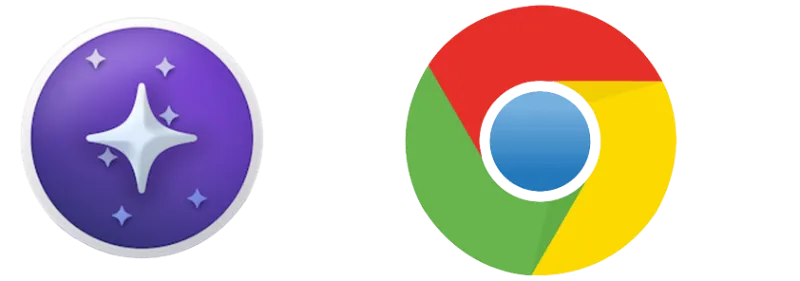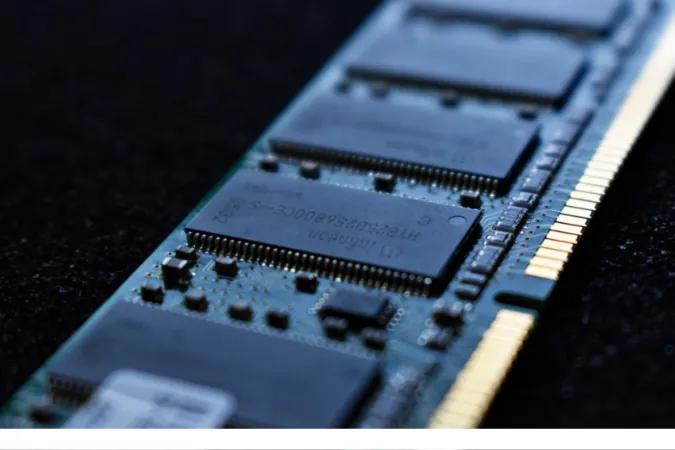Hey there, tech enthusiasts! You must have heard this question a million times: Mac vs. Windows, which is better?
But today, we’re going to explore this age-old debate through the lens of data science. You know, the field where extracting insights from heaps of data is the name of the game.
So, which is best for data science, Windows or Mac?
Buckle up as we dive deep into the world of Mac and Windows to help you make an informed decision for your data science career.
Mac vs. Windows: A Brief Overview
Before we get into the nitty-gritty, let’s take a quick look at the two ecosystems we’ll be comparing.
The Mac Ecosystem
Mac, short for Macintosh, is Apple’s line of personal computers that runs on their proprietary macOS operating system.
Known for their sleek design, top-notch build quality, and user-friendly experience, Macs have earned a loyal fanbase over the years.
Many creative professionals and tech enthusiasts swear by their Macs, but is Mac good for deep learning and other data science tasks? Let’s find out!
The Windows Ecosystem
Windows is an operating system developed by Microsoft, and it’s available on a wide range of devices from different manufacturers like Dell, HP, and Lenovo.
Windows PCs come in all shapes, sizes, and price ranges, making them a more accessible option for many. In terms of customization, Windows takes the cake.
But when it comes to data science, which operating system is best for a data scientist? Keep reading to find out!
Software Availability
In data science, the tools you use can make or break your productivity. Let’s compare the software ecosystems for Mac and Windows to see which one has the upper hand.
Data Science Tools for Mac
Mac users can access a wide array of data science tools and libraries, such as Python, R, Jupyter Notebook, and TensorFlow.
macOS is built on a Unix-based system, which is a big plus for developers and data scientists who prefer working in a Unix-like environment.
Additionally, there’s a growing trend among data science tools to be platform-agnostic, meaning that they can run on multiple operating systems, including Mac. So, no need to worry about software limitations!
Data Science Tools for Windows
Windows has a massive user base, and it’s no surprise that plenty of data science tools are available for Windows users too.
You can find all the popular tools like Python, R and various machine learning frameworks and platform-specific options like Microsoft’s Azure Machine Learning Studio.
However, some Unix-based tools might require extra effort to set up on Windows. For more information on using Windows or Mac for programming, check out this in-depth comparison: Windows or Mac for Programming.
Performance and Scalability
Having a powerful machine is crucial when working with large datasets and complex algorithms. Let’s see how Mac and Windows fare in terms of performance and scalability.
Mac Performance
Macs are known for their impressive hardware and optimized software. Apple’s recent shift to its own M1 chip has brought significant performance improvements, especially for tasks like machine learning and data processing.
However, Macs aren’t as customizable, and upgrading hardware can be challenging and expensive.
Windows Performance
With Windows, you have a wider range of hardware options, from budget-friendly devices to high-end workstations.
The level of customization allows you to tailor your machine to your specific data science needs. Need more RAM or a powerful GPU?
No problem! This flexibility makes Windows a more scalable option for data science workloads.
Ease of Use and Customization
A smooth user experience and the ability to tailor your work environment can greatly impact productivity. Let’s compare Mac and Windows in terms of ease of use and customization.
Mac User Experience
Apple’s macOS is praised for its intuitive and user-friendly interface. It’s easy to navigate and boasts excellent performance right out of the box.
For those already familiar with the Apple ecosystem, transitioning to data science work on a Mac should be a breeze. However, Macs offer limited customization options, which might be a downside for some users.
Windows User Experience
Windows offers a familiar environment for most users, with its easy-to-use interface and robust customization options.
You can personalize your work environment to your heart’s content, making it more suitable for those who enjoy tinkering.
On the flip side, Windows might require more maintenance and fine-tuning to optimize performance for data science tasks.
Cost Considerations
Investing in the right machine for data science can be a significant expense. Let’s compare the costs of Mac and Windows machines.
Mac Pricing
Macs are known for their premium price tags. While their build quality and performance are top-notch, you might need to shell out a pretty penny for a high-end Mac.
Also, upgrading hardware components in Macs can be costly and, in some cases, not possible. If you’re on a tight budget, a Mac might not be your best choice.
Windows Pricing
One of the advantages of the Windows ecosystem is the wide range of devices available at different price points.
Whether you’re on a budget or looking for a powerful machine, you’ll likely find a Windows PC that fits the bill.
The ability to upgrade components in many Windows devices also means you can invest in better hardware as your data science needs to grow without necessarily replacing the entire machine.
Support and Community
Having a strong support network and community resources can be invaluable when tackling data science challenges.
Let’s see how Mac and Windows stack up in this regard.
Mac Support and Community
Apple offers excellent customer support for its devices, and you can find many online forums, tutorials, and resources dedicated to macOS and data science.
While Mac users may be fewer in number than Windows users, they often form tight-knit communities that can provide valuable insights and assistance.
Windows Support and Community
With its massive user base, Windows boasts an extensive community of developers and data scientists. You can find numerous online forums, tutorials, and resources catering to Windows users working in data science.
Microsoft also offers support services for Windows users, although their effectiveness may vary depending on your location and the issue at hand.
Making the Decision: Which is Better for Data Science?
After weighing the pros and cons of Mac and Windows for data science, it’s time to make a decision.
While both platforms have their merits, the choice ultimately depends on your personal preferences, budget, and requirements.
If you value a user-friendly experience, sleek design, and a Unix-based environment, a Mac might be the right choice for you.
On the other hand, if you’re looking for customization options, scalability, and a wider range of price points, a Windows machine could be a better fit.
Which operating system is best for a data scientist?
There’s no one-size-fits-all answer. Assess your priorities, budget, and the tools you’ll be using, and make an informed decision that works best for you.
Conclusion
The Mac vs. Windows debate has been ongoing for decades, and when it comes to data science, there’s still no definitive winner.
Both platforms offer a range of tools, resources, and performance capabilities that cater to different preferences and needs.
As a data scientist, your best choice will depend on factors like budget, desired user experience, hardware requirements, and the specific tools you’ll be using.
Consider these factors when making your decision, and remember that, at the end of the day, your skills and expertise will matter more than the machine you use.
Happy data crunching, and may the best operating system win!









